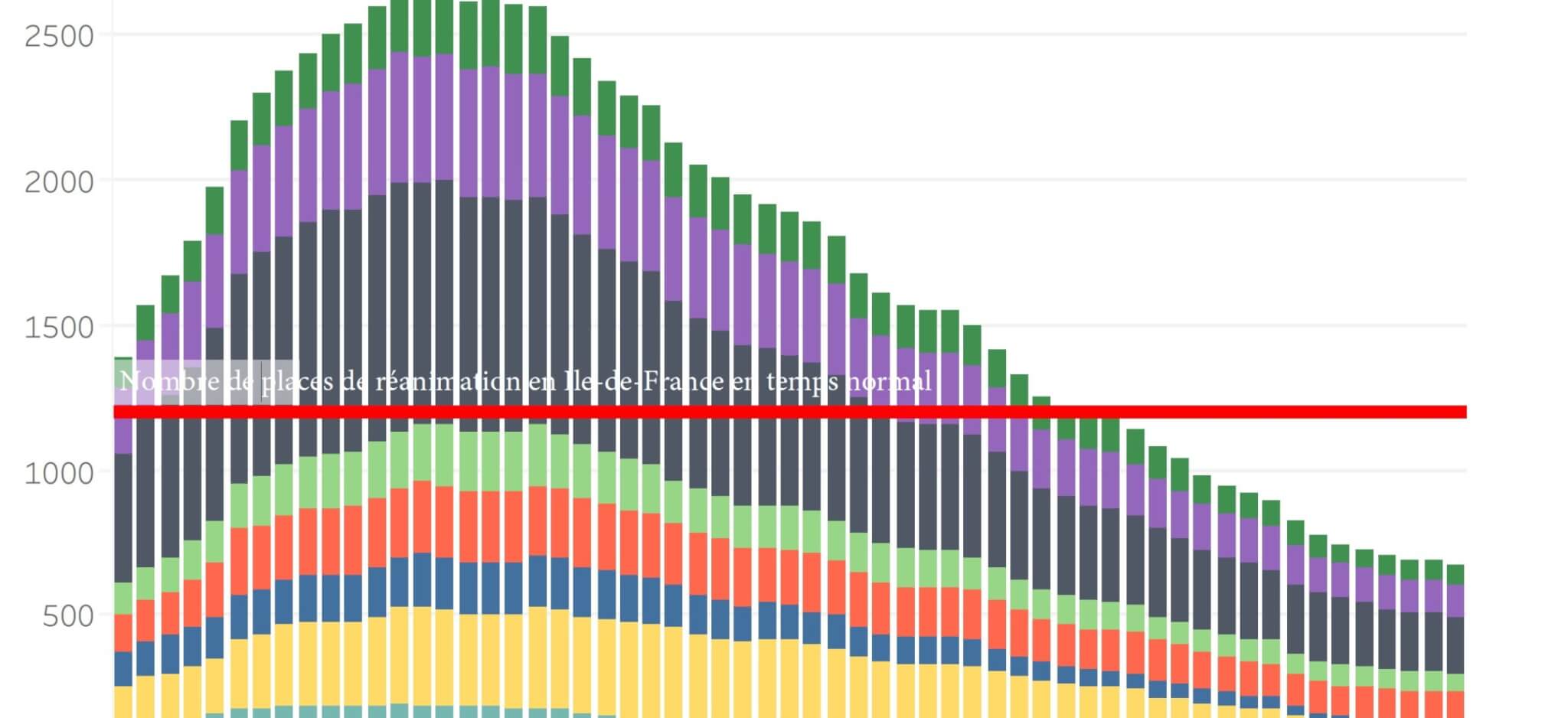There are important differences between the current crisis and 9/11, for example. 9/11 deeply affected the lives of New Yorkers, but two or three months later the city was operating at full capacity except for part of lower Manhattan. Today the problem is very different. It is a structural problem, a problem of density, public transport, poverty and civic incompetence. No one will confuse Bill de Blasio and Rudy Giuliani. Whatever had become of him since, Giuliani was an extremely effective mayor.
I think you have to start thinking about what I call “de-densification” first. During the days of the Spanish Flu, Manhattan had 2.4 million people. In 1970, there were only 1.5 million. The large urban centers had become less overcrowded, people had dispersed. This trend has been reversed in recent decades. But I don’t think Manhattan can maintain any margin of safety, or physical distancing, with the current density level.
PHOTO BRENDAN MCDERMID, REUTERS
–
Then we know that the metro was one of the vectors for the spread of the virus. Therefore, I think we need to end the concentration of jobs in Manhattan and start thinking about the fact that most of the people who fill them live off the island. Why not reduce the use of the subway by dispersing jobs in Brooklyn, Queens or the Bronx?
What would be the consequences of such measures for Manhattan?
With or without these measures, I think the heart of the city will become even more elitist. Big corporations are going to keep their best people in Manhattan. You will see the return of individual offices that can be closed and the end of these open-plan offices, which were basically just a fashionable way of crowding people. I also think that high density cities like New York will operate more and more under the model of Asian cities like Singapore, so that everything is clean, that the sanitary rules are respected, as well as those of physical distancing. We will end up with a more authoritarian urban environment in a way, where everything is controlled, monitored. It works well in cities like Singapore or Seoul. It will be a different story in New York, where people are used to doing things their own way. If the government says something, they don’t respond, “Oh yes, I will do it right away! “
Exactly, what will remain of the character of New York after the deconfinement, knowing that the virus risks remaining a threat?
We cannot go back. New York must reinvent itself. For me, the answer lies in the boroughs outside of Manhattan and in the dispersion of jobs. We can no longer continue to cram more people into Manhattan without putting ourselves in danger. That said, the trend towards greater decentralization had started long before the arrival of the coronavirus. People, including millennials, are leaving big cities. Ten years ago, when I asked my students where they wanted to live, they replied Washington, San Francisco, New York. Today, they tell me about Dallas, Nashville, Phoenix, Orlando.
What will be the effect on New York of the rules of physical distancing that will have to be maintained after deconfinement?
One of the great tragedies of physical distancing is that it will make it much harder to enjoy New York City. Think about the situation of restaurants that will have to operate at 50% of their capacity. First, half of them will not survive or even reopen under these conditions. And can you imagine how long it will take to get a table at one of the restaurants that will survive? The restaurant you entered three months ago without a reservation will ask you to reserve two months in advance.
In short, should we rule out the idea that New York will come back stronger than ever after the pandemic?
If the city doesn’t try to adopt a more human-scale, safer model, I think it will face big problems. I don’t think we can say for sure that New York will decline. Do I think the city will be more dominant in 10 years than it is today? No. But it is not as dominant as it was in 1950. I think the country will experience a greater dispersion of population, industry and culture. It had already started before the pandemic. It will continue. The question is whether New York will become safe enough to continue to thrive, even if the city does not remain as dominant as it once was.
–




